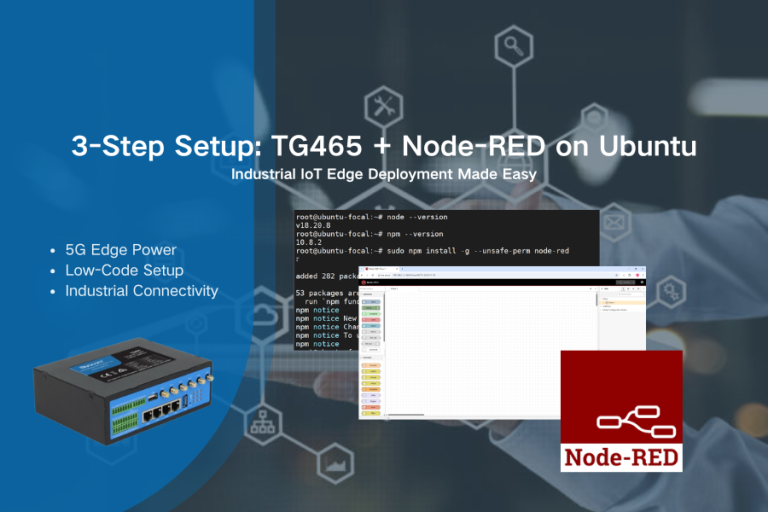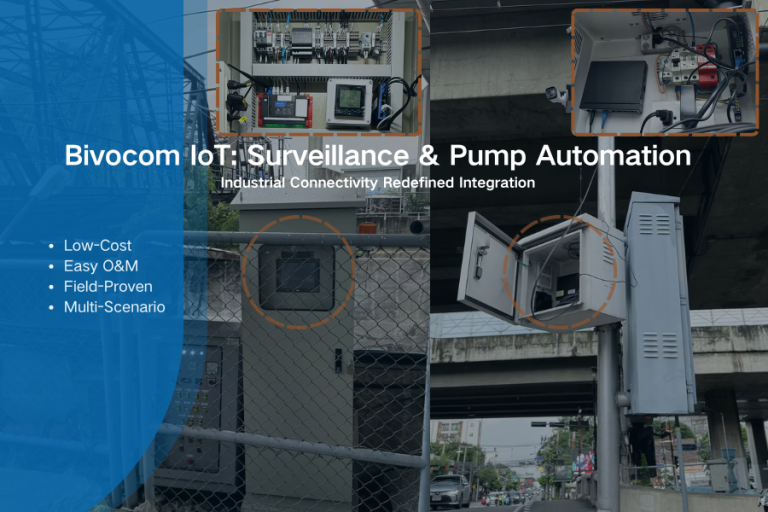This article tells you what is MIPS, ARM and x86, their differences, as well as advantages and disadvantages of them for IIoT industry, and their usage for IoT routers.
What is MIPS?
MIPS or Microprocessor without Interlocked Pipelined Stages, is a reduced instruction set computing (RISC) architecture developed by MIPS Technologies, Inc. MIPS processors are used in a variety of applications, including networking equipment, digital signal processing, and embedded systems.
Like other RISC architectures, MIPS processors use a simplified instruction set to reduce the number of clock cycles required to execute instructions. This allows MIPS processors to achieve higher performance than traditional complex instruction set computing (CISC) architectures while using less power.
MIPS processors have been widely used in the past for desktop computers, servers, and video game consoles. However, they have since been mostly replaced by other architectures such as x86 and ARM in those markets. Nonetheless, MIPS remains popular in certain specialized areas where its strengths in embedded systems and signal processing are valued.
What is ARM?
ARM or Advanced RISC Machines, is a British semiconductor and software design company that specializes in the development of microprocessors, system-on-chip (SoC) designs, and related technologies. ARM processors are widely used in smartphones, tablets, laptops, smart TVs, and other embedded systems. The ARM architecture is based on a reduced instruction set computing (RISC) approach, which aims to simplify the processor design and improve performance by reducing the number of instructions executed per cycle. This allows ARM processors to consume less power, generate less heat, and offer better performance than traditional processors based on complex instruction set computing (CISC) architectures.
What is x86?
x86 is a family of instruction set architectures (ISAs) based on the Intel 8086 microprocessor and its successors. It is the most widely used ISA in personal computers, servers, and workstations.
The x86 architecture was introduced by Intel in 1978 with the release of the 8086 microprocessor, which was later succeeded by the 80286, 80386, and 80486 processors. These processors were used in early IBM-compatible personal computers and established the dominance of the x86 architecture in the PC market.
Today, x86 processors are produced by a number of manufacturers, including Intel, AMD, and VIA Technologies. They are used in a wide range of computing devices, from desktop and laptop computers to servers and supercomputers.
The x86 architecture has evolved over the years, adding new instructions and features while maintaining backward compatibility with older software. Today’s x86 processors can execute both 32-bit and 64-bit code, as well as virtualization instructions that allow multiple operating systems to run simultaneously on the same hardware.
What are the differences between MIPS, ARM, and x86?
MIPS, x86, and ARM are all different types of computer processor architectures. Here are some key differences between them:
- Instruction Set Architecture (ISA): MIPS, x86, and ARM processors have different instruction sets, which dictate how they execute commands. MIPS is a Reduced Instruction Set Computing (RISC) architecture, while x86 is a Complex Instruction Set Computer (CISC) architecture. ARM processors use a hybrid of RISC and CISC concepts.
- Endianness: MIPS and ARM processors are typically little-endian, meaning that the least significant byte of a word is stored at the lowest memory address. x86 processors can be either little-endian or big-endian.
- Applications: MIPS was originally designed for embedded systems and has been used extensively in networking equipment, such as routers and switches. x86 processors are commonly found in desktop and laptop computers. ARM processors are used in a wide range of devices, including smartphones, tablets, and low-power embedded systems.
- Performance: MIPS processors tend to have high performance per watt, making them well-suited for embedded systems where power consumption is a concern. x86 processors are often used in high-performance desktops and servers. ARM processors are known for their low power consumption and efficiency, making them ideal for mobile devices.
- Instruction Set Compatibility: x86 processors have a long history and are widely used, so many software programs are specifically written to run on x86 processors. This has led to a large compatibility advantage for x86 based systems, however, ARM and MIPS processors also have their own sets of compatible software.
Overall, each architecture has its own strengths and weaknesses, and the choice of architecture ultimately depends on the specific requirements of the application being developed.
What are the advantages and disadvantages of MIPS, ARM and x86?
MIPS, ARM, and x86 are different processor architectures used in modern computing devices. Each architecture has its own set of advantages and disadvantages, which I will outline below:
MIPS: Advantages:
- Simple and easy to learn
- Reduced instruction set architecture (RISC) reduces complexity and increases performance
- Good for embedded systems and real-time applications
Disadvantages:
- Limited software support
- Not widely used outside of niche areas
- Less power efficient compared to newer architectures like ARM
ARM: Advantages:
- Power-efficient design makes it a popular choice for mobile devices and Internet of Things (IoT) devices
- Wide range of software and hardware support
- Good balance between performance and power consumption
Disadvantages:
- More complex than MIPS
- Limited support for legacy software
- Difficult to program in assembly language
x86: Advantages:
- Widely used in personal computers and servers
- Extensive software support
- High performance and flexibility
Disadvantages:
- Complex instruction set architecture (CISC) can make it slower than RISC architectures like MIPS or ARM
- High power consumption compared to ARM
- Limited use in embedded systems and IoT devices due to its high power consumption and complexity.
Overall, the choice between MIPS, ARM, and x86 depends on the specific needs of an application and the resources available. ARM is often the preferred choice for mobile and IoT devices due to its power efficiency, while x86 remains the dominant architecture in personal computers and servers. MIPS is typically used in niche areas such as embedded systems and specialized applications.
MIPS, ARM, x86 for IoT routers
MIPS, ARM, and x86 are all viable options for IoT routers, each with their own advantages and disadvantages. Here are some brief explanations of each:
- MIPS: MIPS is a popular architecture choice for IoT devices due to its low power consumption and relatively simple instruction set. It is often used in embedded systems, including routers, where power efficiency is critical. However, the MIPS architecture is not as widely supported as some other architectures, and development tools and libraries may be more limited.
- ARM: ARM is another popular architecture choice for IoT devices, offering a balance between power efficiency and performance. It is widely used throughout the industry and has a large ecosystem of development tools, libraries, and support resources available. ARM-based processors are found in a wide range of devices, including routers, smartphones, and tablets.
- x86: x86 is a well-established architecture that is commonly used in desktop and server environments. It offers high performance and compatibility with many existing software applications but may not be as power-efficient as other architectures. However, with the rise of low-power Intel Atom processors, x86 has become a viable option for IoT devices, including routers.
Ultimately, the choice of architecture depends on the specific requirements of the IoT router project in question, including power consumption, performance, cost, and available development tools and resources.




Comment